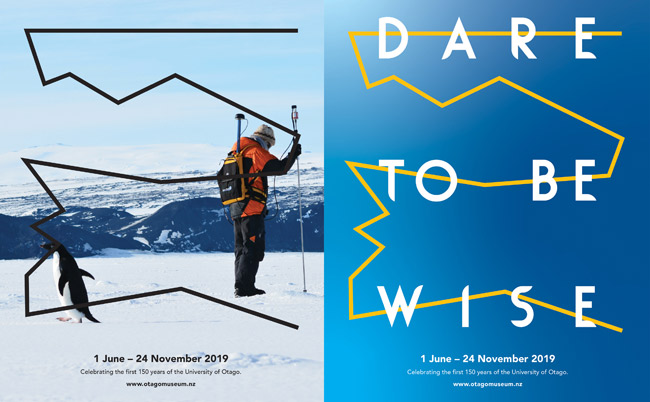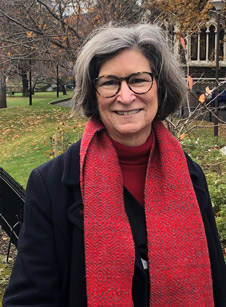Wednesday 29 May 2019 10:23pm

The University's 150th Exhibition Dare To Be Wise opens at Otago Museum this weekend.
When the residential colleges were full in 1967 and a male student went searching for an alternative, he found a flat of accepting females to live with.
The ensuing debate caused quite the stir and even James K. Baxter seized the moment to pen the poem A Small Ode on Mixed Flatting.
This mixed-flatting story is just one of those featured in the University’s 150th Exhibition Dare to be Wise, curated by Professor Nancy Longnecker of the Centre for Science Communication.
“The University has so many good stories that this exhibition shows just the tip of the iceberg,” Professor Longnecker says. “We were spoilt for choice, and the biggest challenge was what to include and what to leave out.”
Dare to be Wise is a celebration of the University’s first 150 years, reflecting on world-leading research, teaching, and the wider ‘Scarfie’ experience.
Curated into three overarching themes, the first section Dare focuses on bold ventures, To Be on the lived Otago experience, and Wise on the knowledge and wisdom gained and shared over the years.

Professor Nancy Longnecker.
For Professor Longnecker, who leads the Centre for Science Communication’s Science in Society programme, curating such a huge subject has been overwhelming at times. However she says it’s also been fantastic sharing stories from Otago’s first 150 years.
“It’s been a privilege to talk to people I consider to be intellectual giants about their work,” she says. “And I’ve learned a lot about the student experience which is so layered and a treasure chest of stories.
“Those who have contributed to this exhibition have been so generous with sharing their stories, time and artefacts, and often have gone well beyond the call of duty.”
The art and science of engaging the public with scientific information and knowledge lies at the heart of Professor Longnecker’s research and teaching at the Centre.
The botany and agricultural science-trained Professor has loved museums for as long as she can remember. She also recalls dragging her very patient daughter along to visit four museums in one day when visiting Norway.
Professor Longnecker explains exhibition visitors should be treated like guests who are being invited to share your interests and passion.
“The aim of any exhibition is to inspire and engage visitors. And also give the confidence to learn something new, or leave with the desire to learn more.”
Since arriving at Otago from Perth’s University of Western Australia in 2014, Professor Longnecker has developed a strong relationship with Otago Museum through the Science Exhibitions and Interpretations paper she teaches.
"Each of the exhibits are worthy of being the feature of an entire exhibition, and some that didn’t make it into this exhibition would make fascinating subjects for future ones."
Student work from that paper has featured in three exhibitions at Otago Museum, working with clients including the Ageing Well National Science Challenge; the Relativity Group in the Department of Maths and Statistics, and the Te Koronga Indigenous Science Research Theme.
In Dare to be Wise, the assignment of current Science Communication Master’s student Angus Gaffney has formed the basis of the Flynn Effect exhibit, describing Professor James Flynn’s observation of increasing IQ scores over the 20th century.
Comprising 21 different exhibits, the exhibition is the largest in terms of numbers of objects and scope that Professor Longnecker has curated.
“Each of the exhibits are worthy of being the feature of an entire exhibition, and some that didn’t make it into this exhibition would make fascinating subjects for future ones,” she says.
“But I’m really happy with the outcome, and the result is something that – as a University community – we can all be proud of.”
Dare to be Wise opens to the public at the Otago Museum this Saturday and is on until 24 November.
